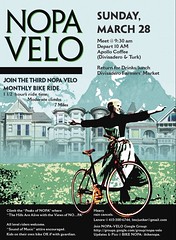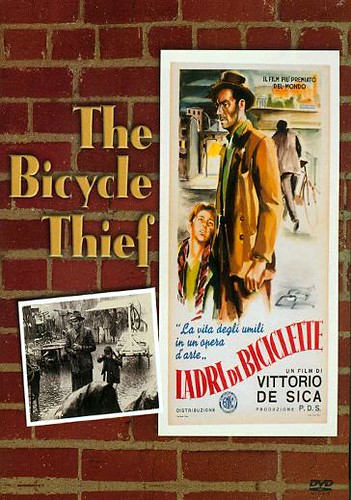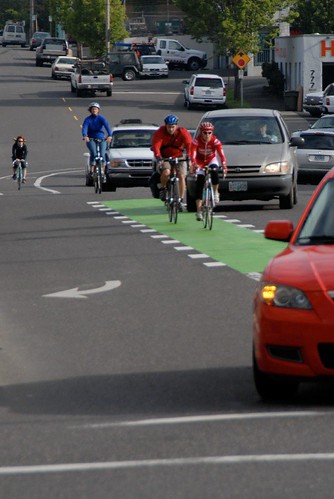
Change in signal times coming to Fell and Oak
The Municipal Transportation Agency (MTA) will slow traffic on the "residential freeway" that courses through the North Panhandle and Alamo Square neighborhoods. The agency will re-time signals along Fell Street in the next two weeks and will undertake similar changes on Oak Street later in April. Residents along the two corridors have urged the MTA to implement these and other traffic calming measures for several years.
"The amount of green time for Fell will be shortened to reduce the potential for speeding by motorists at the tail end of the green wave trying to catch up to the front," according to an MTA staffer who is familiar with the project but does not work directly on it. Another benefit from the change will be increases to the green times for the north-south cross streets. The #24 Divisadero and #22 Fillmore Muni lines should experience fewer delays as a result.
Other ripple effects will include safer passage for pedestrians with longer "walk" periods for crossing Fell and Oak and an updating of "all-reds" (the brief period when all signals have a red light) to meet current standards.
Although Bond Yee, MTA's long-time traffic engineer, advised westside neighbors last October that the Fell and Oak signal changes would apply only to the evening hours, the adjustments ready for implementation will be in force during all periods of the day, including AM, PM, and off-peak periods, according to the agency representative who spoke with BIKE NOPA.
North Panhandle and Alamo Square residents have complained for years about the speeding traffic on the two busiest streets through the neighborhoods. Ever since the corridors were switched from two-way streets to three and four lane thoroughfares decades ago, speeding motorists have treated Fell and Oak like freeways.* Neighbors were especially upset when MTA erected sign standards for its SFgo mobile displays on Fell and Oak that many thought gave additional visual cues that freeway driving was expected on the streets. Responding to concerns by neighbors and by Supervisor Ross Mirkarimi, MTA removed the SFgo signs last month.
At a North Panhandle neighborhood meeting last September, MTA's Jack Fleck promised to study the speeding problem on the two streets. The project about to be implemented results from that pledge and the steady advocacy of residents, the North Panhandle and the Alamo Square neighborhood associations, the San Francisco Bicycle Coalition, WalkSF, Streetsblog, and Supervisor Mirkarimi's office.
*For additional coverage of neighbors' concerns, see this Streetsblog post.
Special thanks to Janel Sterbentz for her tenacious urging to get MTA to conduct the studies that led to the traffic signal changes. Individuals can affect policy changes with persistent, positive work on their own as well as supporting group efforts.


































